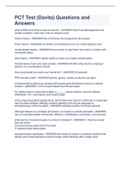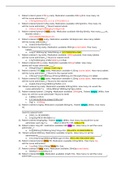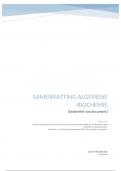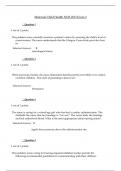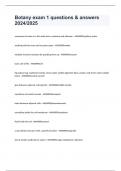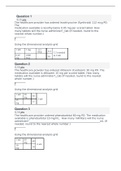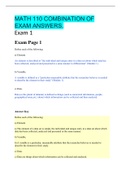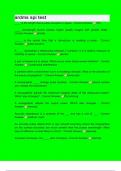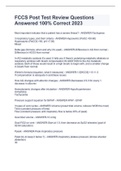Exam (elaborations)
PCT Test (Davita) Questions and Answers
- Course
- Institution
PCT Test (Davita) Questions and AnswersPCT Test (Davita) Questions and AnswersPCT Test (Davita) Questions and Answers what is REM and what is used to submit? - ANSWER-Risk Event Management and unsafe condition, near miss, and an adverse event Sterile means - ANSWER-free of all living microorg...
[Show more]
